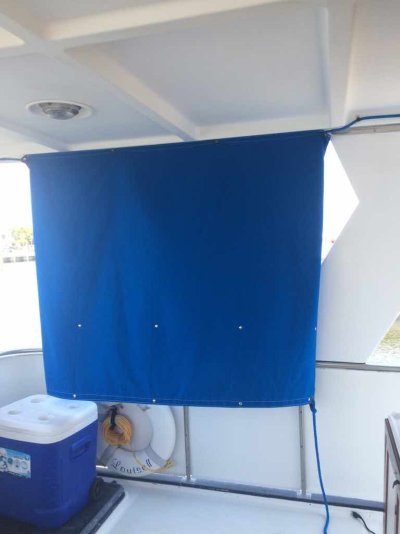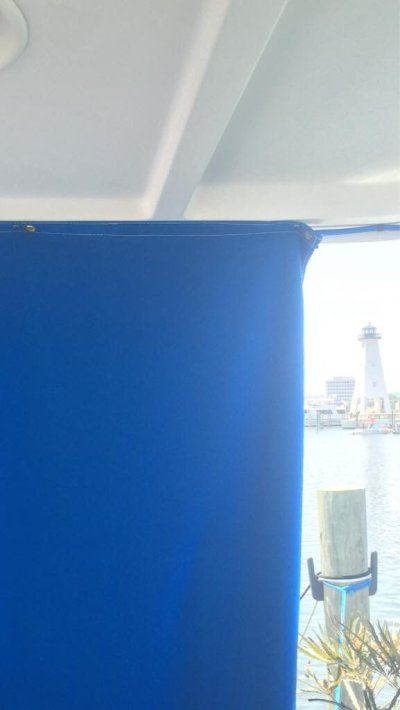rclarke246
Senior Member
- Joined
- Mar 17, 2014
- Messages
- 450
- Location
- USA
- Vessel Name
- Lady Di
- Vessel Make
- 2012 Beneteau Swift Trawler 44
OK, a really broad question:
What are the 1 or 2 little "tricks" you've discovered to make your boating safer or easier?
I'll lead off with these:
1) Here is a pretty simple way to keep us reminded of where the ATONs belong. See the red and green "snack bag" clips on the windshield? When there's a lot going on we find these can be very helpful reminders. (Yes, that's the Great Bridge, Virginia lock just ahead.)
2) Another tip that really has helped us: "When docking, you're in neutral about 80% of the time".
We're kinda new at this, most of you are not. Thanks in advance for your contributions.
What are the 1 or 2 little "tricks" you've discovered to make your boating safer or easier?
I'll lead off with these:
1) Here is a pretty simple way to keep us reminded of where the ATONs belong. See the red and green "snack bag" clips on the windshield? When there's a lot going on we find these can be very helpful reminders. (Yes, that's the Great Bridge, Virginia lock just ahead.)
2) Another tip that really has helped us: "When docking, you're in neutral about 80% of the time".
We're kinda new at this, most of you are not. Thanks in advance for your contributions.
Attachments
Last edited:





